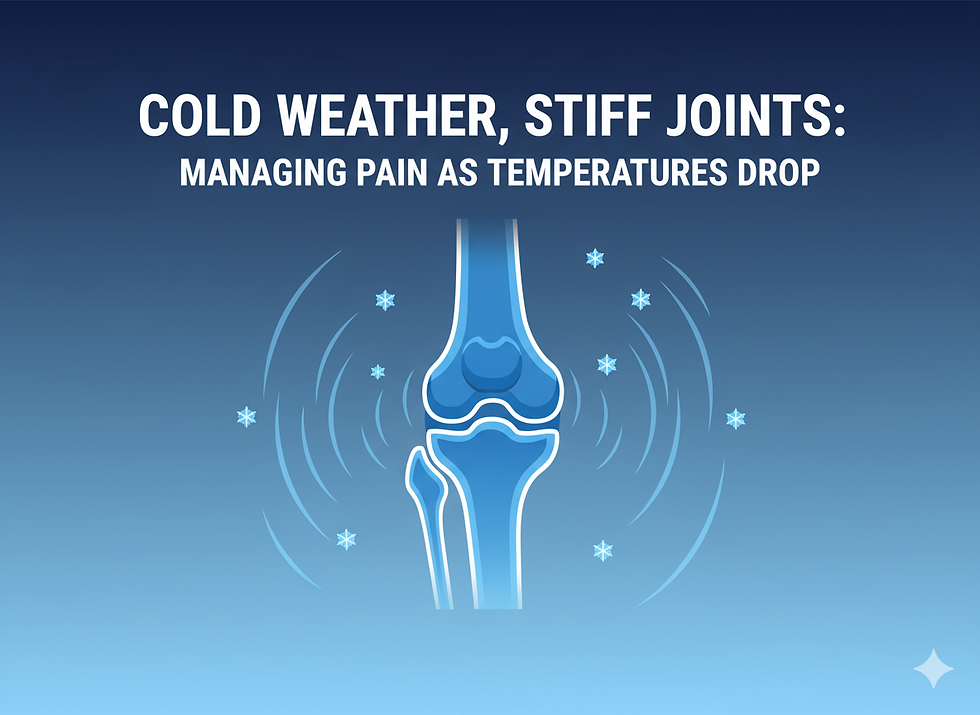"Do The Twist"
- K-Town Physio

- Jul 21, 2021
- 3 min read
Exercises to improve your golf swing by increasing your trunk and hip flexibility

The golf season is now in full swing now that the Covid-19 restrictions have eased. Judging by how busy the courses have been, many of you have had a chance to head out and get some of the rust out of your swing after a long break.
If you are like me, you are always looking for a way to improve your swing mechanics, and hit the ball further. One way to do this is to improve your trunk and hip mobility. The thoracic spine (mid back) and the hips are, in most cases, mobile regions of the body. These two regions make up the largest portion of the rotation needed during your swing. In contrast to this, the knees and lower back are anatomically designed to be stable regions with very little contribution to your overall rotation.
Studies have indicated that increased trunk mobility can increase club head speed and therefore lead to hitting farther. The larger the gap between the upper body and lower body at the top of the backswing translates into greater club head speed on impact. In other words, separation between the hips and torso is very important to generate speed and power in your swing. Limited mobility makes it very difficult to achieve this.
There is another important factor to consider. Lower back injuries are the most common injury for golfers. If you have limited mobility in your mid back or hips, you are placing your lower back under increased stresses due to compensation. In an effort to generate a longer backswing and increase club head speed, the lumbar spine will flex more to compensate for a lack of rotation in the mid back. Golfers with lower back pain have also been shown to have limited medial rotation of the lead hip. Taking this into consideration, it makes even more sense to improve your trunk and hip rotation flexibility.
So, to help improve your thoracic and hip mobility, perform these exercises daily. A word of caution, however. The exercise below can be too aggressive for people with existing back or hip pain. When stretching, never stretch to the point of pain. If you cannot do the stretch without pain, avoid it altogether, or seek advice from a physiotherapist at KTOWN Physiotherapy.
1. IR Hip Stretch
Sit down on the floor on the side of your legs and center your weight.
Slowly lean your torso backward toward the back leg to stretch the rear hip in internal rotation.
Hold the position when you get a comfortable stretch.
2. ER Hip Stretch
Sit down on the floor on the side of your legs and center your weight.
Slowly move your torso forward to stretch the front hip in external rotation.
Hold the position when start feeling a comfortable stretch.
3. T-Spine Rotation With Reach
Start on your side with your head supported, top leg flexed at the hips with the knee at 90 degrees and lower leg straight.
Place a medball, foam roller, or similar solid object under your top knee and press onto it so your knee is in constant contact with the object. (Or place knees together)
Begin rotating your top shoulder toward the floor.
Once maximally rotated, extend your lower arm out at approximately 45 degrees from your body.
At the same time, reach up toward the ceiling with your top hand.
Come back to the starting position and repeat.
4. Rotating Triangle Lunge
Adopt a lunge position with the rear leg stretched behind.
Put your hands on the floor on the inside of the front foot.
Rotate the trunk toward your front leg by moving your free hand up and looking at your hand.
Bring your hand back down. Then repeat.
Keep your nice lunge position at all times.
Perform the exercise on the other side.
Again, these exercises can be too aggressive for people with existing back or hip pain. If you cannot do the stretch without pain, avoid it altogether, or seek advice from a physiotherapist at KTOWN Physiotherapy.
Written by: Dan Willemse - Registered Physiotherapist
Exercise Photos from Physiotec
References
Murray, E., Birley, E., Twycross-Lewis, R., Morrisey, D., (2009). The relationship between hip rotation and low back pain prevalence in amateur golfers: an observational study. Phys Ther Sport; 10:131-5.
Myers, J., (2008). The role of the upper torso and pelvis rotation in driving performance during the golf swing. Journal of Sport Sciences; 26(2), 181-8.
Theriault, G., Lachance, P., (1998). Golf injuries. An Overview. Golf Sports Med, 26(1), 43-7.

















